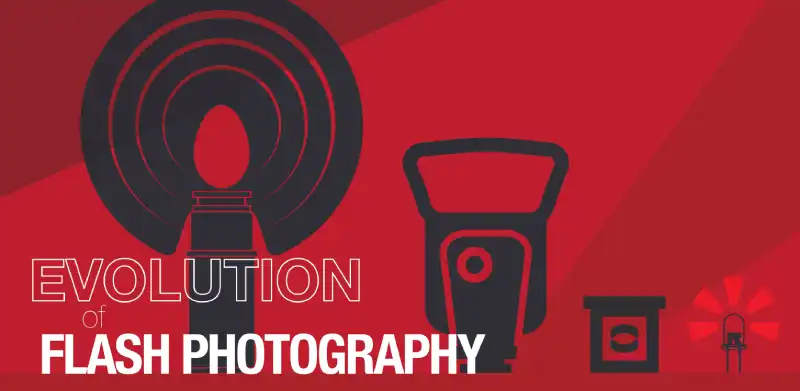
Mr. Electric explores the evolution of flash photography, highlighting key advancements that shaped modern photography.
|
By Spencer Cutright
Let’s face it: no summer vacation is complete without plenty of pictures. With the invention of the “selfie stick” and apps like Instagram and Snapchat, taking pictures has never been so user friendly, and photography has never been more prevalent than it is today.
However, this would not be possible if flash photography had never been invented. It’s hard to believe, but flash wasn’t always as common or safe as it is today. Here is a brief look at the history of flash photography.
Flash Lamp
Flash photography originally began as an unsafe and incredibly intricate device known as the flash lamp, which was invented in 1899. Photographers would fill a pan with flash powder, which was then ignited, leading to a small explosion that produced a quick flash. The flash lamp is known for being very unsafe, and many photographers who used it were either killed or injured in the process.
Flash Bulbs
Around the 1930s, flash bulbs replaced flash powder. Oxygen-filled bulbs were electricity ignited, producing a quick bright flash. However, the bulbs could only be used once, and they were often too hot to handle right after the flash.
Electronic Flash
Thirty years after the flash bulb, the cheaper and more efficient electronic flash was invented. Electronic flashers are often attached to a camera and produce an instantaneous and very bright flash through a flash tube when a picture is taken.
LED Flash
Found on camera phones as early as 2000, LED flash uses high current LEDs to produce a quick flash when a picture is taken. LED flash makes flash photography efficient and miniaturized.
So next time you pull out our camera or smartphone to capture a special moment this summer, keep in mind all the inventors who made modern photography possible. The future of photography is certainly bright with many possibilities ahead.

